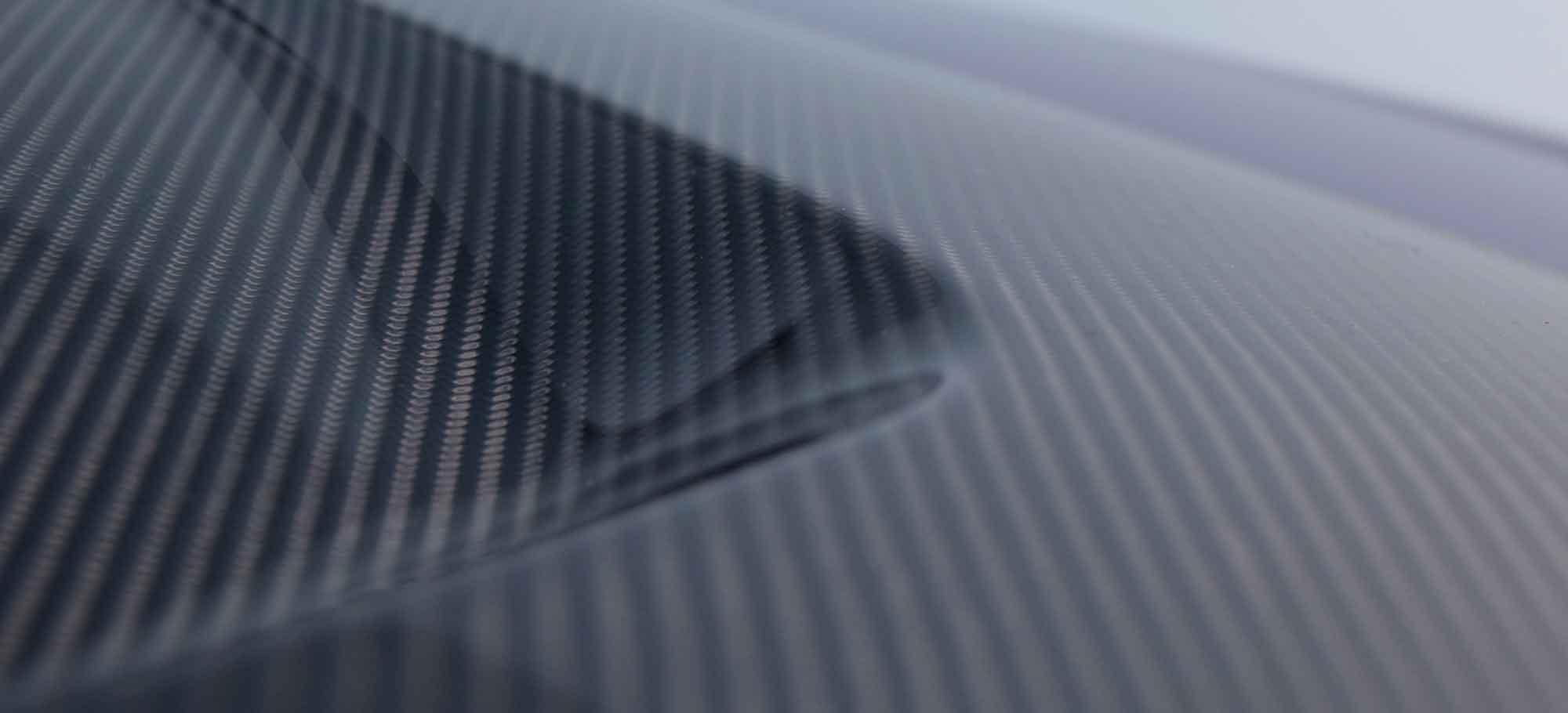Lightweight Engineering
Fiber-reinforced Composites
Fiber composites are indispensable in the field of lightweight construction materials. Fibers are very thin and can be shaped at will but can absorb enormous forces in the tensile direction. To produce a strong component that can also withstand compressive forces, the fibers are embedded in a plastic matrix. This creates a composite that can withstand tension and compression in equal measure, a new, extraordinarily lightweight material with maximum stability and strength.
For our customers, we are always on the lookout for the optimum material that meets or even exceeds all specifications. As specialists with many years of experience, we know the advantages and disadvantages of a wide variety of fibers and plastics and their combinations and use them effectively and cost-efficiently.
Reinforcement Fibers
Carbon
The commonly used term “carbon” stands for “carbon fiber-reinforced plastic”. Carbon fibers are industrially produced fibers made from carbon-containing raw materials that are converted into specially arranged carbon chains using special processes. These are characterized by extreme tensile strength.
Light
A component made of carbon only weighs up to a third of one made of metal. As it is a plastic, it is of course also absolutely corrosion-resistant.
Strong
With identical weight, carbon fiber composites offer a 2 to 5 times higher specific strength (depending on the fiber used) than aluminum and steel. For certain components that are only loaded along one plane and where the carbon fibers are only aligned in one direction, their specific strength is even 5 to 10 times higher.
Very low thermal expansion
Carbon fiber reinforced plastics have a very low coefficient of thermal expansion.
The linear expansion coefficient of carbon at 20 °C is 2 x (10-6 K-1). The linear thermal expansion coefficients of other construction materials at 20 °C are significantly higher.
- Aluminum: 23 x (10-6 K-1)
- Stainless steel: 17 x (10-6 K-1)
- Steel: 11 x (10-6 K-1)
- Titanium: 8 x (10-6 K-1)
- Carbon: 2 x (10-6 K-1)
- Outstanding spring and damping properties
- High chemical resistance
- Electrical conductivity
- X-ray transparency
- Rust and oxidation-free
Glass Fiber
Trim parts or structural components often have to be permeable to electromagnetic radiation and not be electrically conductive, for example in the case of covers for radios and navigation systems in vehicles.
In these cases, the use of glass fiber offers a cost-effective yet high-quality alternative. This fiber too, has a high elongation at break and very good corrosion behavior in combination with metals.
Bio-based Fibers

Contact
eacc HQ
Fritz-Müller-Straße 11-27
73730 Esslingen am Neckar
Tel.: +49 711 185 678 0
E-Mail: info.eacc.ug@mail.toray







